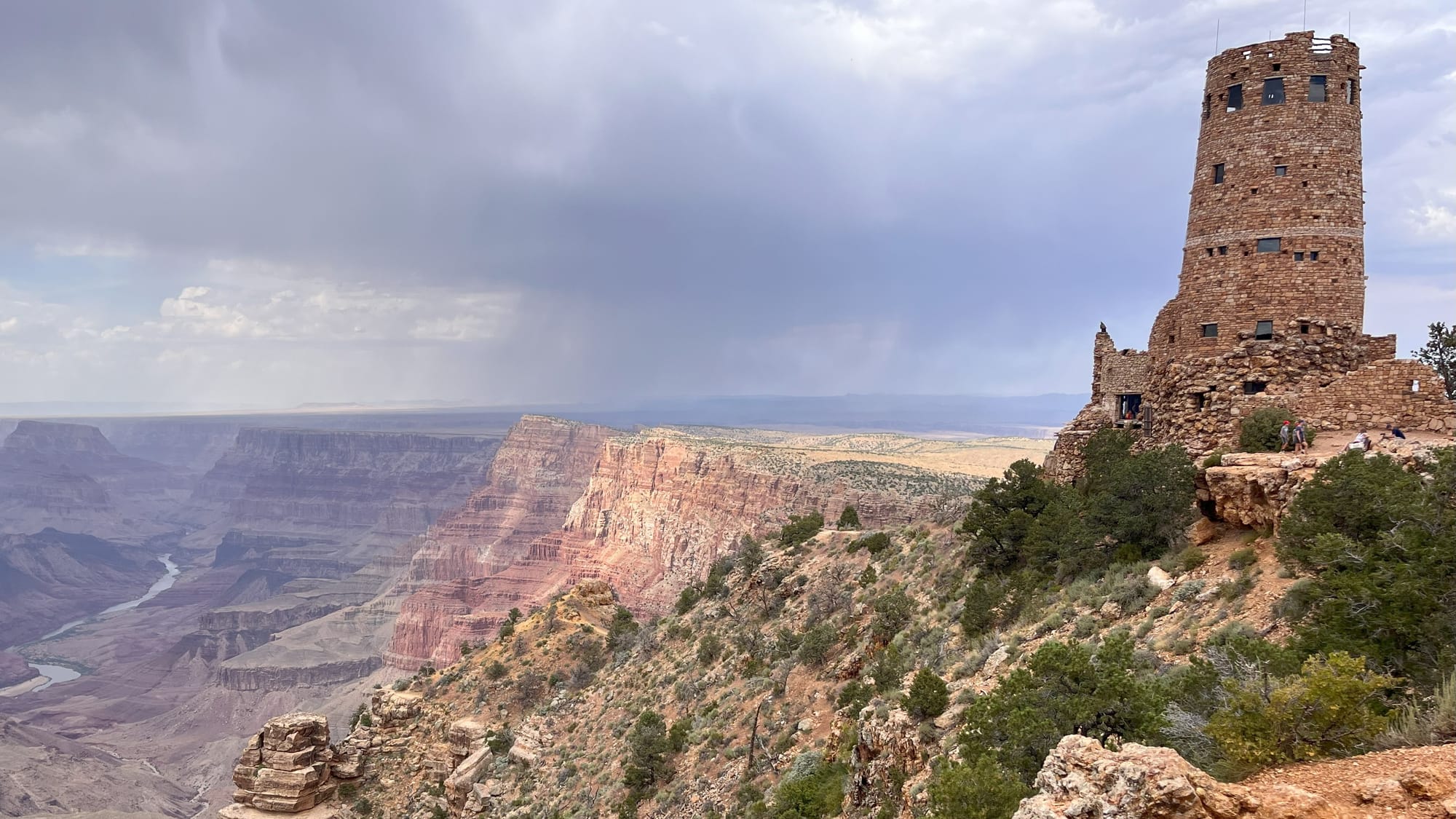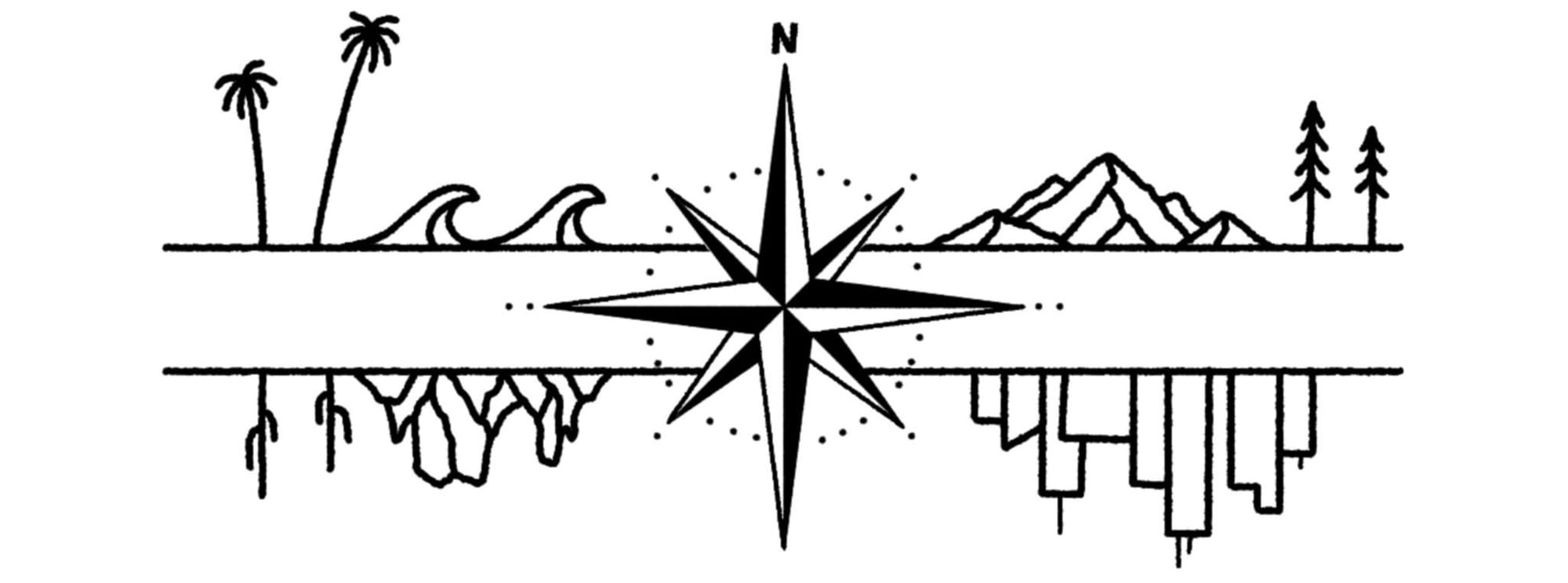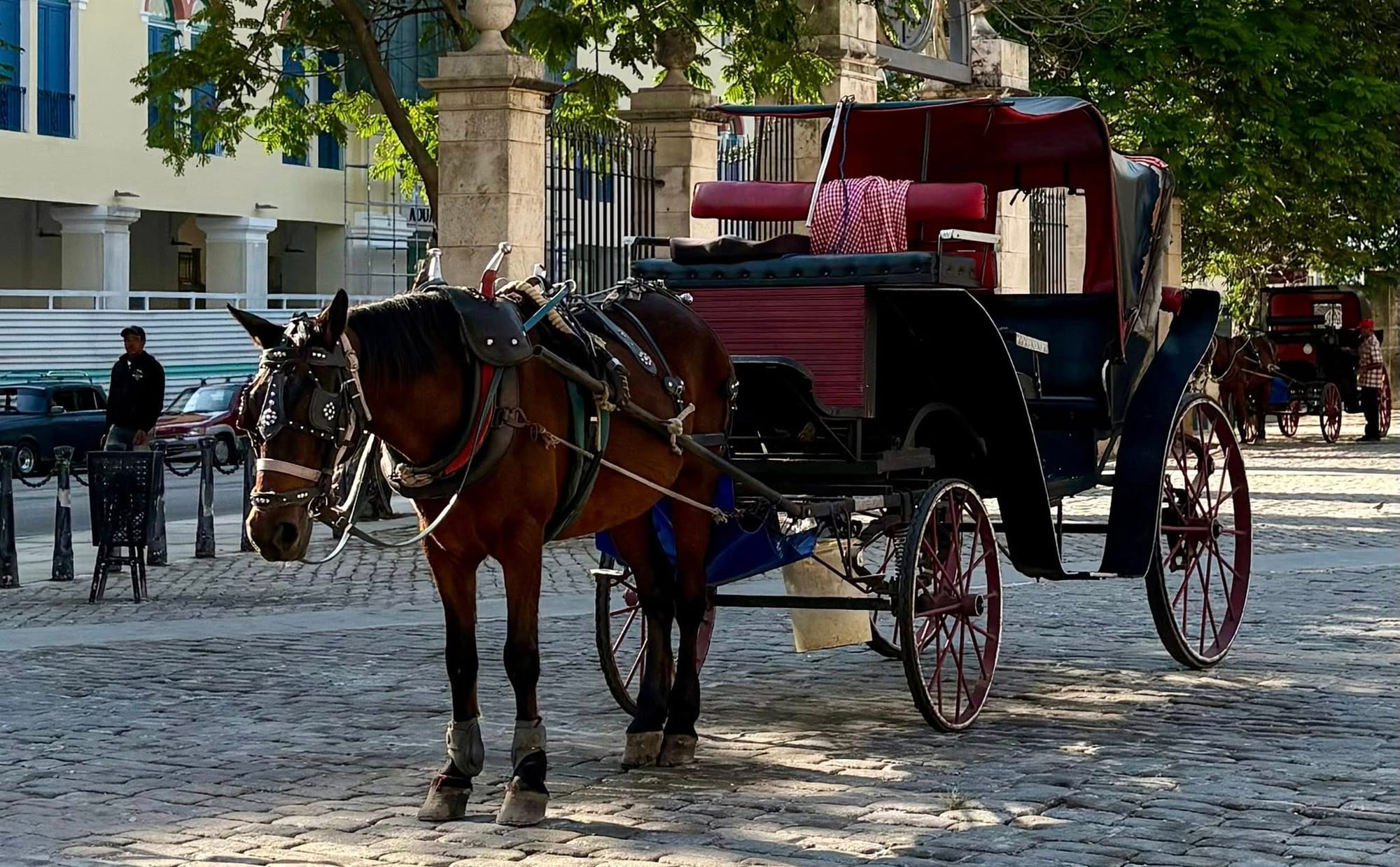
How to See the Grand Canyon from All Four Sides and Rim to River
Most visitors only see the Grand Canyon's famous South Rim. But what if you explored all four sides—north, south, east, and west—plus descended from rim to river? Discover hidden viewpoints, seasonal challenges, and tribal experiences in this epic Grand Canyon adventure.





